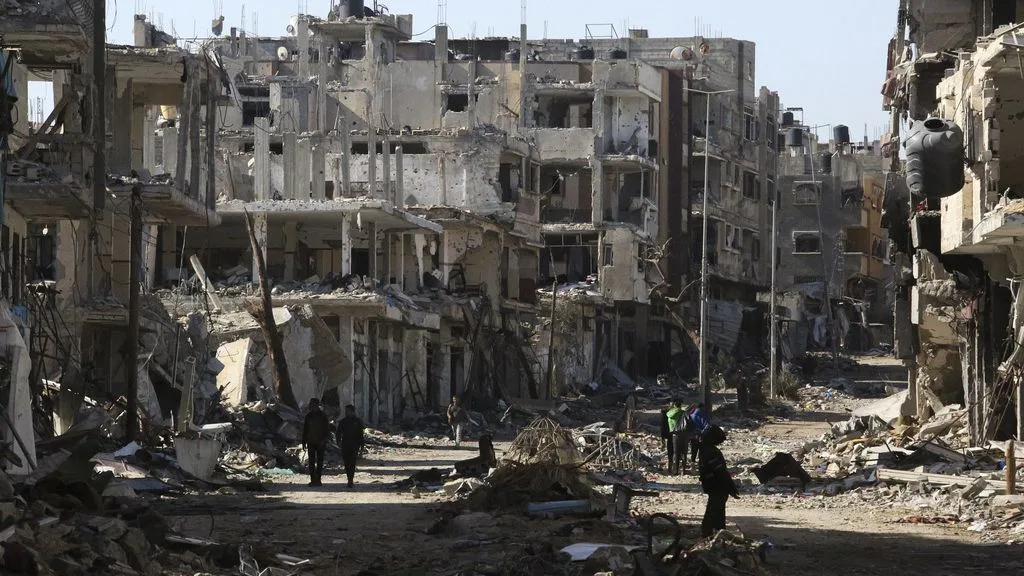Global companies are dealing with rising supply logjams due to ongoing attacks by Iran-backed Yemeni Houthi militants in the Red Sea which have disrupted the flow of shipments through the key Suez Canal trade route.
Automakers Tesla (TSLA.O), Geely-owned Volvo Car (VOLCARb.ST),and Suzuki Motor (7269.T),said they were suspending some production in Europe due to a shortage of components in the first clear sign that the attacks are hitting manufacturers.
The United States and Britain launched a series of strikes on Yemen on Jan. 11 aimed at the Iran-backed Houthi militia. Container shipping prices have risen and companies are rerouting vessels via a much longer southern Africa route that adds about 10 days to shipping, about $1 million in fuel and could potentially create product shortages and delays.
Data from S&P Global showed the Suez Canal route accounts for 14.8% of all Europe and Middle East and North Africa (MENA) imports. Its analysis showed consumer goods, clothing and chemicals were among the sectors at most risk.
S&P Global analyses more than 300 industrial categories and over 6,000 products, and when assessing industrial and product exposure, it looks at the Suez route as a proportion of all freight in the region: a higher ratio implies fewer alternatives from other markets or transportation modes.
Meanwhile, seaborne deliveries represented 55.1% of all shipments from Europe/MENA to Asia or Gulf destinations. But deliveries via the Suez Canal accounted for just 8.6% of all those imports.
Link: https://www.reuters.com/business/factbox-sectors-most-exposed-disruption-red-sea-attacks-2024-01-16/






